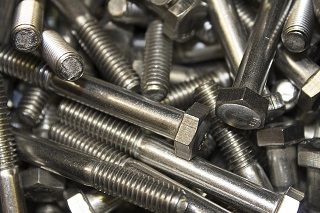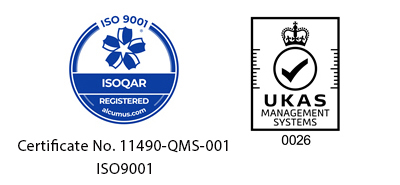Case Hardening and Carburising
In our salt pot or sealed quench furnaces.

In layman's terms this is a process to make a low carbon steel harder or stronger or more wear resistant than in its stock condition. It puts an envelope of hardness on the component and if this hardened steel was to be broken it would be soft in the middle and hard on the outside surface.
All case hardened components start off by being carburised, with us at Servis Heat Treatment using the cyanide salt bath process or one of our sealed quench furnaces.
The components are submerged into the molten salt and heated to 880°c to 920°c and allowed to equalize. The required depth of case is determined by how long the component is left in the salt at this temperature – as a guideline it is approximately 30 minutes for 0,25mm, 60 minutes for 0,5mm and 120 minutes for 0,75mm.
When using the sealed quench process the components are in a carbon rich atmosphere with added nitrogen. The process temperatures are the same but the cycle time is longer.
This process can economically give up to 1mm depth of case.
The components are allowed to cool then re-heated to 830°c to refine the potential grain growth and allowed to cool again.
At this point, if your components need local soft areas, you can machine off the carburised areas and when we quench the item the re-machined areas remain soft.
The items are now ready to be hardened by heating to 780°c to 800°c allowed to equalise and quenched in either water, brine or oil determined by the steel and which process has been used.
It is now usual to temper the components to bring them to the required hardness. Tempering temperatures tend to be lower than for through hardened steels and are usually between 100°c to 300°c. When case hardened items are tempered higher than this the hardness drops off rapidly and when 500°c is reached there will be no remaining surface hardness.


